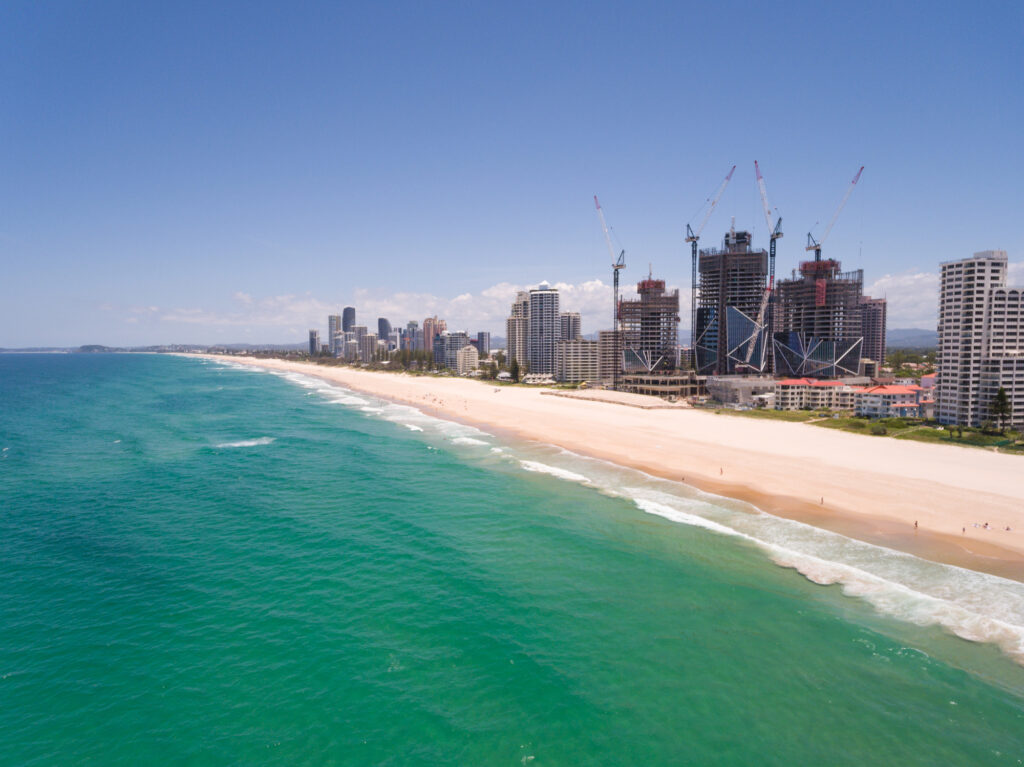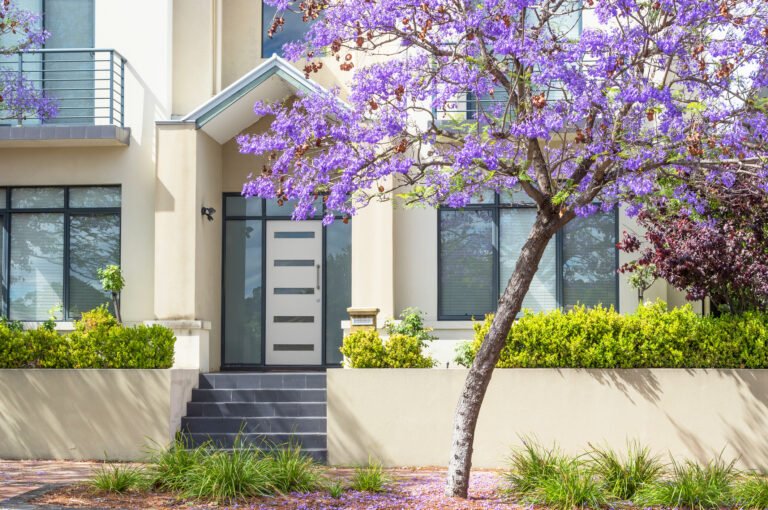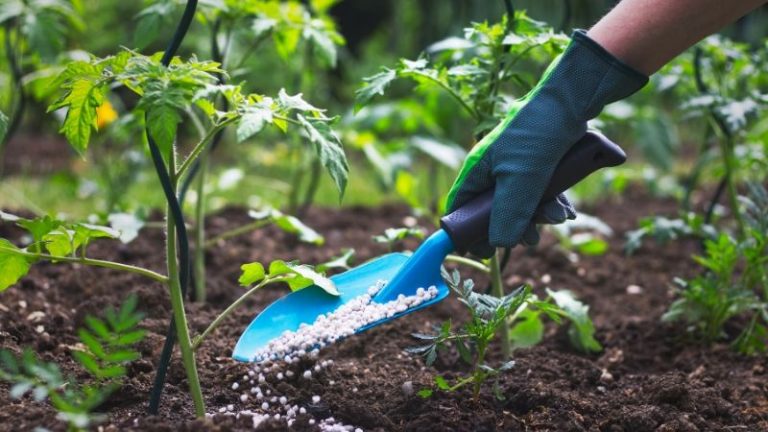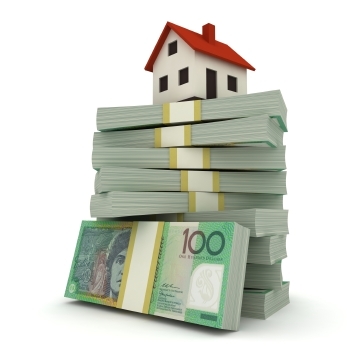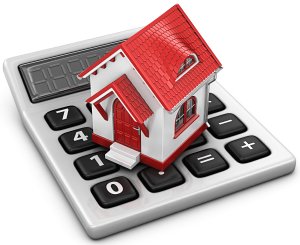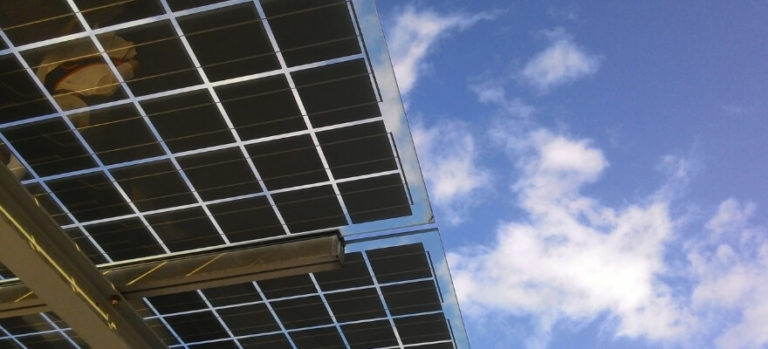While property price growth is strong on the Gold Coast, the pace of growth has eased slightly compared with last year. The latest CoreLogic home value index shows property prices increased 2% in March. CoreLogic’s Eliza Owens says Queensland has continued to show “stellar growth performance”. The strongest unit market in the past year was Oxenford where median unit prices increased by 10%. Gold Coast agents say fewer homes are being offered for auction and there is a slight softening of buyer inquiry. Ray White Surfers Paradise CEO Andrew Bell says for the past two years agents were desperate for more owners to list their properties for sale to meet the demand. “There is simply not a sufficient supply of properties to meet the demand, and as a result property prices and rental prices have had a sudden surge that has added substantially to this current discussion about the rapid rise in the cost of living,” he says.
Crane Index Hits Record Levels
Building materials and tradies may be hard to come by, but the latest Rider Levett Bucknall Crane Index reveals there’s still plenty of construction under way, with Brisbane and the Gold Coast prominent. It says a record 813 cranes were operating throughout Australia in the past six months which is 13% higher than the previous record. Domenic Schiafone of RLB says the number of cranes shows the remarkable resilience of the construction industry. He says it has coped with supply chain disruptions, increased shipping and freight costs, material price increases and reduced workforces as a result of Covid. The majority of the cranes counted are operating within capital cities, with Sydney the busiest with 348 in use. It is followed by Melbourne with 192, Brisbane 79 and Perth 55. There were 40 on the Gold Coast, 31 in Canberra and 16 in both Adelaide and the Sunshine Coast. Wollongong and Newcastle both had 12 cranes in operation and Darwin has two. Construction work increased by 1.8% last year.
Quote of the Week
“The challenges have been numerous since Covid-19 – supply chain disruptions, increased shipping and freight costs, material price rises, workers home sick or in isolation, pressure on labour resources and then there’s been the rain. Yet, the industry is still able to produce record crane numbers.”
RLB Oceania director of research and development Domenic Schiafone
Renovation Spending Tops $12bil
Australians have pumped record amounts of money into renovating their homes during the pandemic period. New Australian Bureau of Statistics figures show Australians spent more on renovations in 2021 than in any other year since records started 50 years ago. In 2021 homeowners spent $12.3 billion on their homes, up 33% on 2020 and almost double what they were spending just ten years ago. The big renovation spend was helped in part by the record levels of savings households accumulated during Covid lockdowns. According to national accounts figures from the ABS, total savings deposits reached more than $1.4 trillion by the end of 2021. At the same time home-owners are on average two years ahead of their mortgage repayments, a buffer that will help if interest rates rise. The Federal Government’s HomeBuilder scheme helped encourage renovation with home-owners offered $15,000 to $25,000 for undertaking a major renovation. Since the scheme began, 25,000 homeowners applied for renovation funding.
Many Markets Still Raging: CoreLogic
Australia’s housing market has started to move from one speed – flat out – to a two-speed market, according to CoreLogic head of research Tim Lawless. Lawless says house price growth in Sydney and Melbourne has flattened in recent months, although other capital cities and major regions are still showing very strong results. Property prices are still rising at boom levels in smaller capital cities such as Brisbane and Adelaide with prices increasing about 20% a year. Perth price growth is also starting to pick up speed, which Lawless says is partially as a result of Western Australia reopening its border in recent months. Regional markets are also performing well as population growth results in high demand and low supply. Lawless says some markets will feel the effects of a variety of factors including worsening affordability, rising costs of living and more stock coming onto the market. But he says open borders and the gradual return of overseas migration is another positive factor which will lift housing demand
